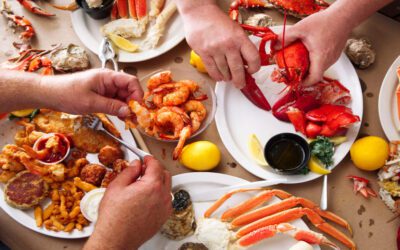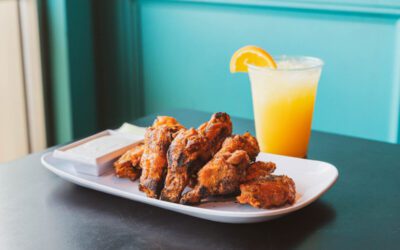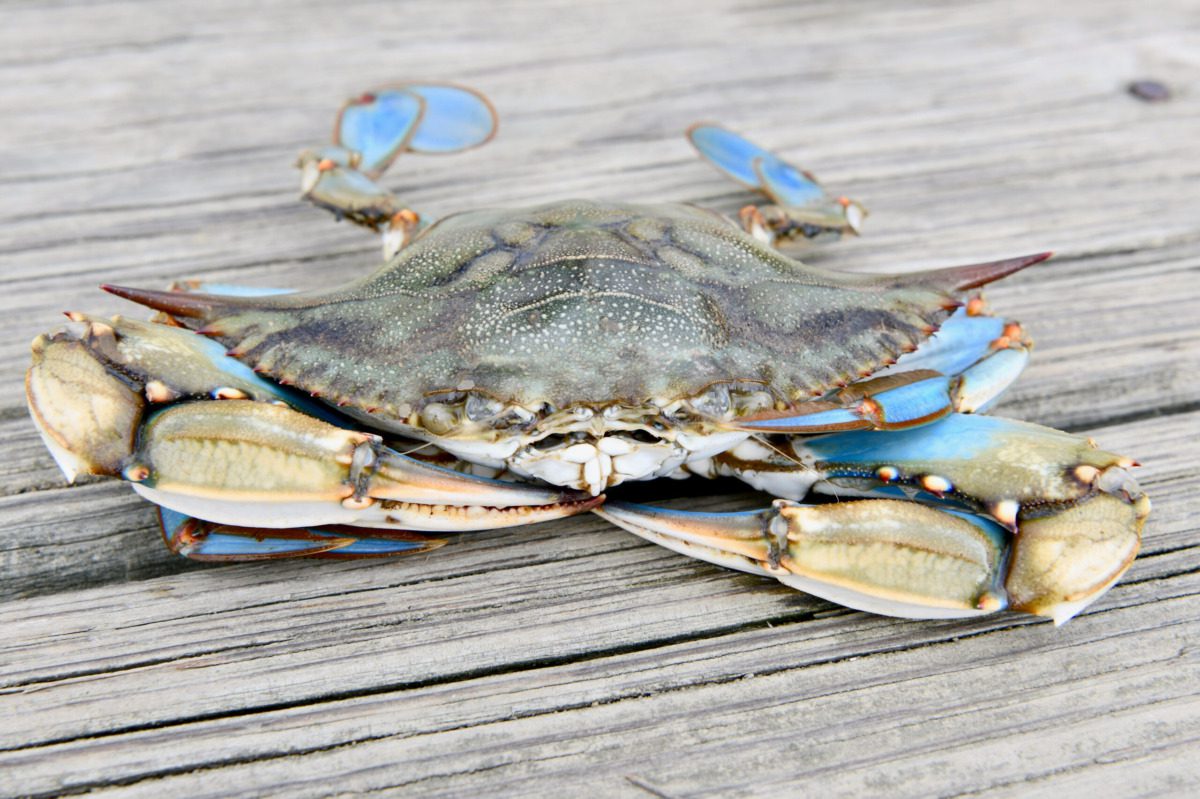
A mature male Chesapeake Bay blue crab. (Jeramey Lende/Shutterstock)
From population trends to where to eat or catch them, here’s everything you need to know about Chesapeake Bay blue crabs.
Cultural icon and ecological cornerstone are two of the things that come to mind when one mentions the Chesapeake Bay blue crab. So too does regional delicacy.
Recognized by its vibrant blue claws and greenish-blue shell, the crab plays a vital role in the local ecosystem and economy. Despite holding such an iconic role in the bay, they can also be found along other parts of the Atlantic coastline.
Whether you’re looking to learn about their lifecycle, join a crabbing tour, or simply find the freshest place to buy a bushel, Virginia offers plenty of ways to connect with the bay’s most recognizable crustacean. From regulations and conservation efforts to where to catch and eat them, here’s everything you need to know about Chesapeake Bay blue crabs.
Population
The number of blue crabs in the Chesapeake Bay tends to go up and down depending on the year, according to NOAA Fisheries. Surprisingly, a 2023 survey estimated there were 323 million blue crabs in the bay, according to the Chesapeake Bay Program. This was a considerable jump from the previous year, when it was estimated that there were only 227 million blue crabs.
The Winter Dredge Survey is comprised of data from 1,5000 sites throughout the Chesapeake Bay. During the survey process, crabs are collected so that they can be studied, with special attention paid to their weight, sex, and age. The information collected is then extrapolated to form an estimate based on the number of young crabs, female crabs that are capable of spawning, and harvested crabs.
Chesapeake Bay blue crabs have an average lifespan of 3-4 years, and they reach maturity during the first 12 to 18 months of life. At maturity, they can weigh up to a third of a pound and have a shell that is 9 inches wide. Not surprisingly, they mature more quickly in warmer water. However, given the mild temperature of the Chesapeake Bay, it’s no surprise that they take the full 18 months to mature.
The mating and spawning season runs from spring to fall. During this process, the female crabs travel to the mouth of the Chesapeake Bay to spawn. Astonishingly, they produce anywhere from 750,000 to 3,200,000 eggs from each brood. The larvae eventually go through an iterative molding process in the mouth of the bay, where the water has higher salinity, before moving further inland.
They often serve as prey for bigger fish, sea turtles, and great blue herons. However, they prey on smaller sea creatures, like clams, oysters, and even smaller blue crabs.

Conservation
Given the unique role blue crabs play in the ecosystem of the Chesapeake Bay, it should come as no surprise that there are efforts to protect their numbers.
Harvesting and habitat loss are the two primary factors negatively impacting population size. In fact, a 2022 Blue Crab Advisory Report found that 36.3 million pounds of blue crab were harvested from the bay in the preceding year. This accounts for the generation of between $22 and $38 million each year in Virginia, according to the Chesapeake Bay Foundation. The warming of the water has also resulted in a loss of underwater grass, which the crabs use for nursing and feeding purposes.
To protect the population, restrictions have been implemented that dictate the number of crabs that can be harvested and the season during which they can be harvested.
Recreational crabbing
For a hands-on experience catching Chesapeake Bay blue Crabs, consider going on a crabbing tour with an experienced waterman or doing it yourself.
Virginia Watermen’s Heritage Tours
Virginia Watermen’s Heritage Tours is a collection of captains who offer tours and activities on Chesapeake Bay. Those interested can pick their captain and design their own tour. The captains, who work as watermen, are based in locations ranging from Tappahannock to Virginia Beach. Importantly, it offers crabbing activities, including pulling crab pots, pulling bank traps, and shedding operations.
Do it yourself
The Virginia Marine Resources Commission notes that residents are permitted to participate in recreational crabbing for Chesapeake Bay blue crabs without a license if they use hand lines, dip nets, or no more than two crab pots. There are daily limits of one bushel of hard crabs and two dozen peeler crabs.
If additional gear, like crab trotlines and cast nets, is used, a recreational license is required, which can be purchased from license agents. Crabbing seasons and restrictions on gear vary. Unlicensed crab pots are allowed from March 17 to November. 30. Licensed pots are permitted from June 1 to September. 15. Additionally, crabbing isn’t allowed from Dec. 1 to March 16.

Buy fresh Chesapeake Bay blue crabs
Whether you’re planning a massive feast for friends and family or just want to sample the taste of the bay, there are several places in the eastern part of the commonwealth to score fresh Chesapeake Bay blue crabs. From long-standing family-run seafood shops to dockside markets, these shops offer a variety of blue crabs to pick from.
Crosby’s Crab Co.
Location: 14718 Bristow Rd., Manassas, VA 20112
Crosby’s Crab Co., which claims to sell the best seafood in Prince William County, sells a variety of Chesapeake Bay blue crabs, including extra-large males that are more than 7 inches wide, large males, and a variety of females. Crosby’s has been around for more than 30 years.
Charlie’s Crab House
Location: 633 White Oak Rd., Fredericksburg, VA 22405
Charlie’s Crab House is a family-owned and operated carry-out seafood restaurant that has been around for over 30 years. It serves steamed crabs that are freshly caught.
The Shellfish Company
Location: 3323 Shore Dr., Virginia Beach, VA, 23451
The Shellfish Company is located on the Lynnhaven River, where it sells hard-shell and soft-shell crabs seasonally. The seafood market is unique in that you can buy fresh crabs right off the dock. It’s affiliated with Bubba’s seafood restaurant.
Bonny & Sons Seafood and Produce
Location: 1973 Indian River Rd., Virginia Beach, VA 23456
It doesn’t get more charming than Bonny & Sons Seafood and Produce. The mom-and-pop shop claims to sell the freshest seafood in town. The locally caught blue crab can be limited, so call ahead for pricing and reservations.
Restaurants that serve Chesapeake Bay blue crabs
If you’re looking to enjoy some Chesapeake Bay blue crabs without having to do the steaming yourself, Wicker’s Crab Pot Seafood is a rare find. While plenty of restaurants in the commonwealth serve crab, Wicker’s is one of the rare ones that serve blue crabs.
Wicker’s Crab Pot Seafood
Location: 4201 Indian River Rd., Chesapeake, VA 23325
Wicker’s Crab Pot Seafood knows how to serve crabs. The family-owned establishment has been in operation for over 60 years, with fourth-generation waterman Ray Wicker Jr. currently at the helm. Blue crab pricing fluctuates based on market pricing. To go along with your crab, try a side of hushpuppies and cole slaw.
This article first appeared on Good Info News Wire and is republished here under a Creative Commons license.
Related: Shucking spectacular: Exploring Virginia’s Oyster Trail
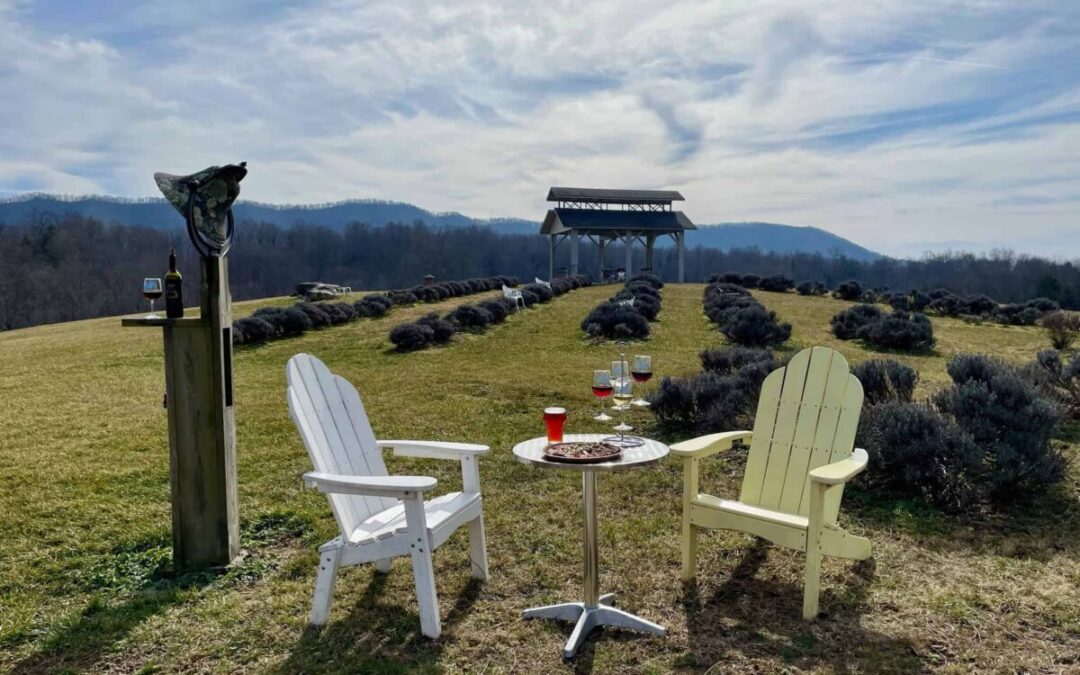
Virginia Wine Country: Your guide to the 8 regions
Sip your way through the Virginia wine country, which features distinct wines, rolling vineyards, and rich heritage. Virginia is for lovers, and if...

What to know about one of Virginia’s newest Halloween scary spots — there’s wine
The Nefarious Haunt Experience at Grayhaven Winery takes spooky season to a whole new level. Here’s what you need to know. Found roughly halfway...

How Southwestern Virginia’s autumnal dessert ‘stacks up’—and why it’s having a revival
Apple stack cake is an Appalachian favorite. Learn about the history of—and renewed interest in—this dessert. In the novel “Sunrise On the Reaping”...
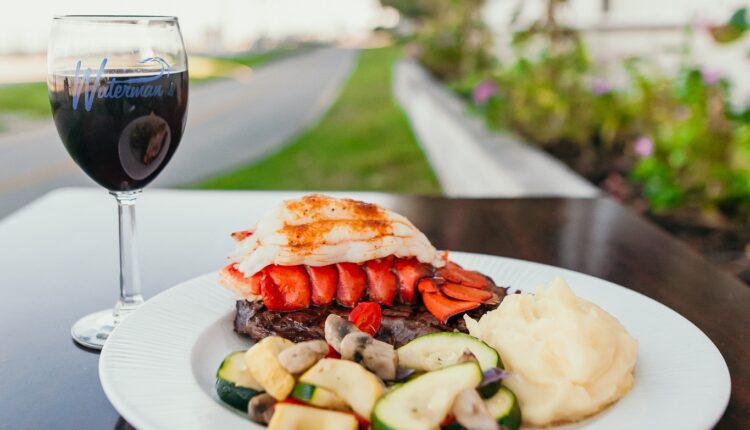
The Virginia Beach Food Guide: The best restaurants of 2025
Virginia Beach is a destination known for its pristine coastline and buzzing boardwalk. But what many visitors may not know is that Virginia Beach...
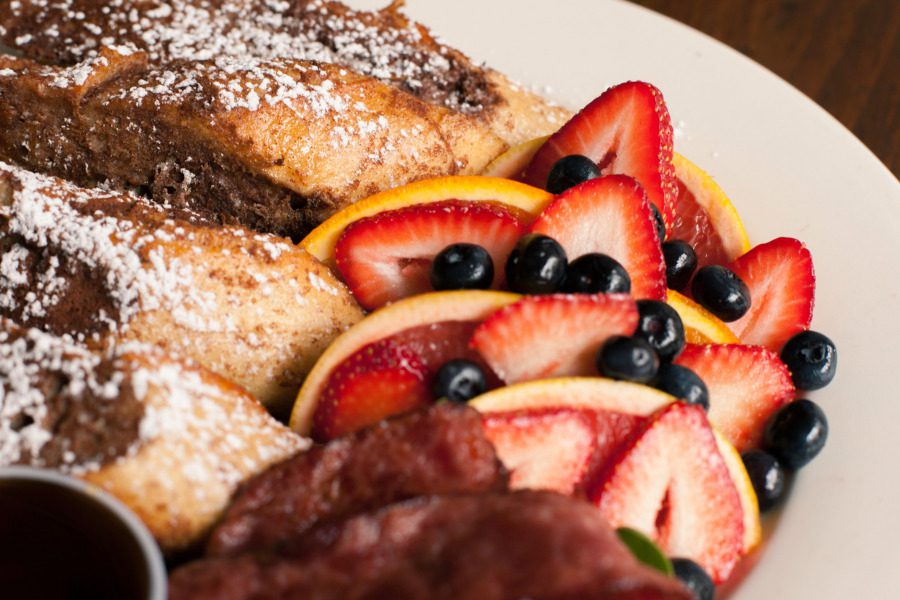
The Virginia Beach Food Guide: The best brunch spots of 2025
There’s something magical about brunch in Virginia Beach. Maybe it’s the ocean air, or perhaps it’s the relaxed beach-town vibe. Either way,...
The Virginia Beach Food Guide: The best pizza of 2025
If you ask locals where to grab a pie in Virginia Beach, chances are you’ll hear Shorebreak Pizza & Taphouse mentioned within the first breath....



